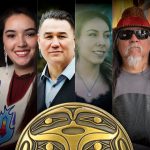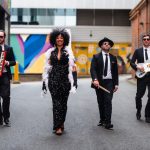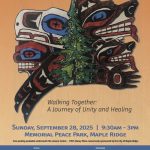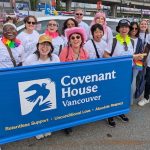The Legacy of Hogan’s Alley
When the Georgia Viaduct was rebuilt (1969-1972), the physical hub of Vancouver’s Black community was razed, dispersing the diverse immigrant enclave. Today, thanks to the Hogan’s Alley Society, important community buildings are going up.
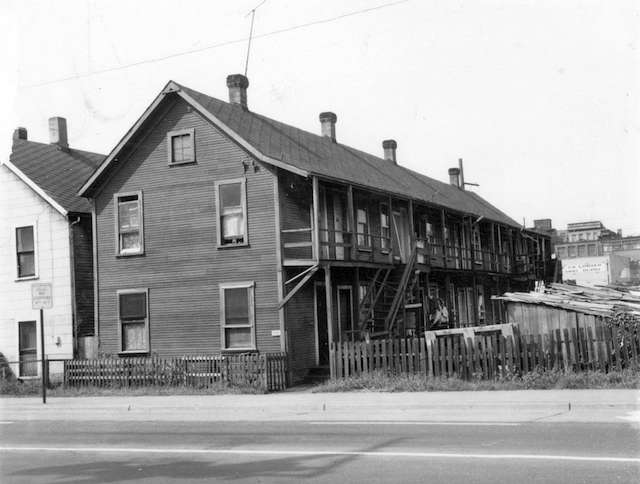
Wayde Compton, the co-founder of the Hogan’s Alley Memorial Project, told CBC Vancouver in 2016: “It was the moment that car culture was hitting North America and people were supposed to live in the suburbs and work in the cities. So they needed to put freeways through, so invariably they targeted black neighbourhoods or Chinatowns, and in Vancouver it was both,” he said.
Compton said putting a highway “right on top of this small black community” was an example of “institutional racism, targeting the community that they thought could least oppose them.”
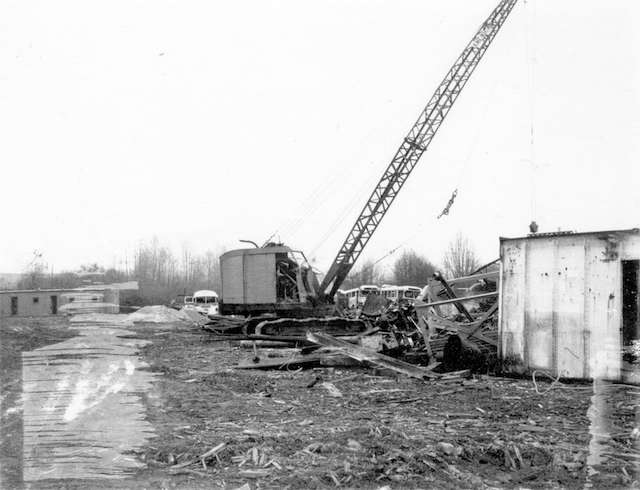
Where Was Hogan’s Alley
Hogan’s Alley was the unofficial name for Park Lane in Vancouver’s Strathcona neighbourhood. The alley ran between Union and Prior Streets from approximately Main Street to Jackson Avenue. It formed the nucleus of Vancouver’s first concentrated black community. Vancouver’s first archivist, J.S. Matthews, noted that the name “Hogan’s Alley” was in use by 1914.
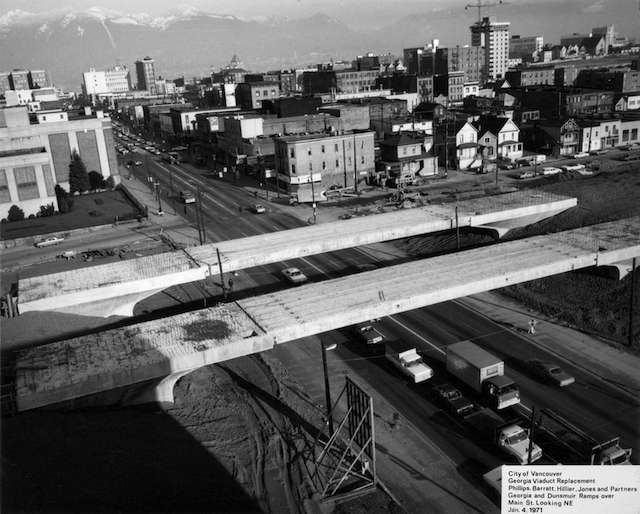
The Residents
From the Vancouver Heritage Foundation:
The first black immigrants arrived in British Columbia from California in 1858. They settled in Victoria and Salt Spring Island, but began migrating to Vancouver in the early 1900s, making their homes in Strathcona, an east side, working-class neighbourhood that was the original home to Vancouver’s Italian community, as well as the southern edge of Chinatown. They were joined by black homesteaders from Alberta, who originally came from Oklahoma, and by black railroad porters worked at the Great Northern Railway nearby. Housing discrimination in other parts of Vancouver also concentrated the city’s black population in this area.
Black cultural institutions the neighbourhood was known for included “chicken house” restaurants, which often doubled as speakeasies — best known was Vie’s Chicken and Steak house — as well as the African Methodist Episcopal Fountain Chapel (founded in 1923) and the residential quarters of the Brotherhood of Sleeping Car Porters. At its height in the 1940s, the black population in Strathcona numbered approximately 800.
The neighbourhood was home to Nora Hendrix, grandmother to rock legend Jimi Hendrix and a cook at Vie’s Chicken and Steak House. Nora Hendrix was involved in the community from the 1920s through to its demise, remaining nearby until the 1980s.
View more videos from Black Strathcona here »
The Hogan’s Alley Society
The Hogan’s Alley Society (“HAS”) in Vancouver is a non-profit organization composed of civil rights activists, business professionals, community organizations, artists, writers and academics committed to daylighting the presence of Black history in Vancouver and throughout British Columbia.
Current HAS Projects
- The Hogan’s Alley Society partnered with the Portland Hotel Society (“PHS”), the city of Vancouver and BC Housing to deliver a 52-unit temporary modular housing development on the Hogan’s Alley Block. The housing unit has been named Nora Hendrix Place.
- Under the approved North East False Creek Plan section 4.4 and 10.4, the City of Vancouver has indicated the intent to establish a Cultural Centre on the 898 Main Street block. The Cultural Centre is to be a focal point for the Black Community with the programming of the Cultural Centre to support community building through food, gathering and celebration, education and empowerment, art music and dance, and research and knowledge of Black Canadian history.
- MVRD Black Experience Project aims to begin mapping out the diverse experiences of people of African descent (Black) in Metro Vancouver. This project will begin to examine the experiences of people African descent in the MVRD with the objective to develop a better understanding of their historical contributions, challenges with integration, and their aspirations for the future as they attempt to make Vancouver their home.
To stay up to date on these projects follow the HAS on Facebook, Instagram, and Twitter, and consider a donating here.
Update June 2, 2020. I saw on Twitter that Hogan’s Alley Society submitted a proposal to the City of Vancouver for a community land trust on the former site almost two years ago. Those who saw the post (including a Vancouver City councillor) replied to say they are looking into this.
Update June 15, 2020. Read this 2019 thesis by Hogan’s Alley Board Director Stephanie Allen: Fight the power: Redressing displacement and building a just city for Black lives in Vancouver

